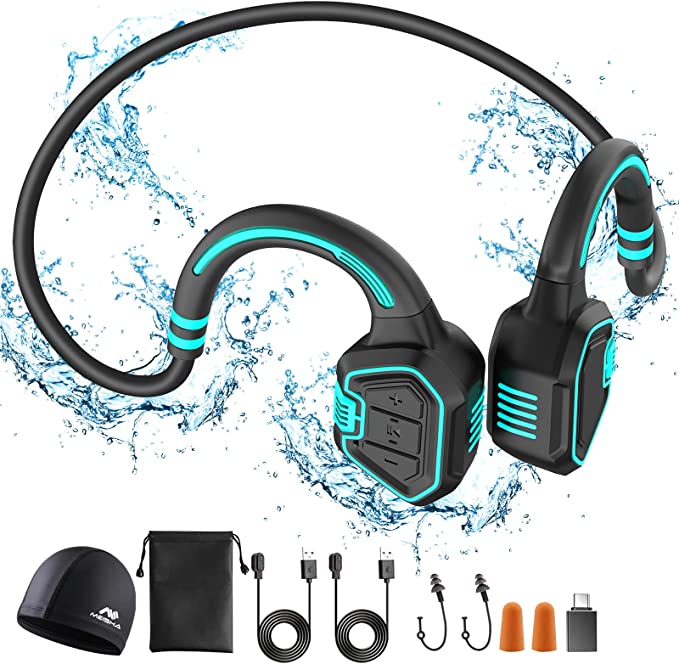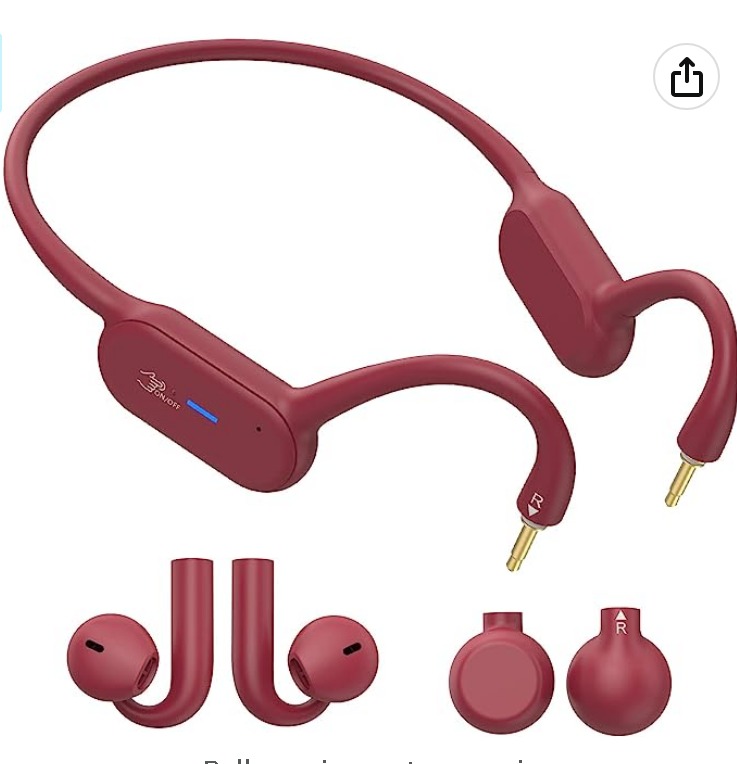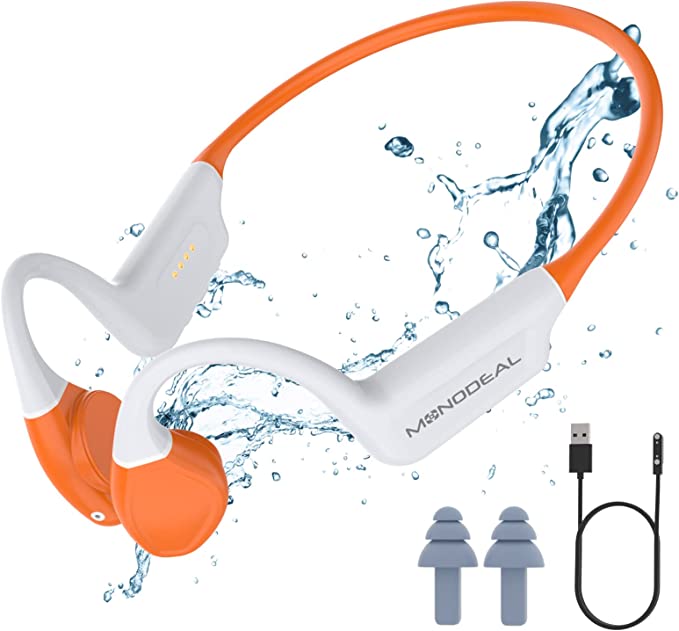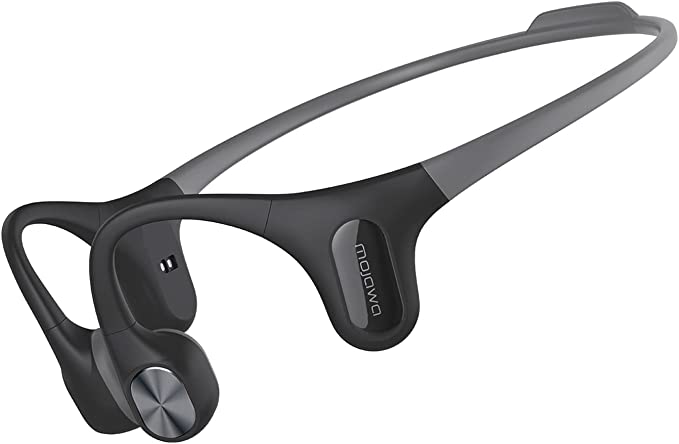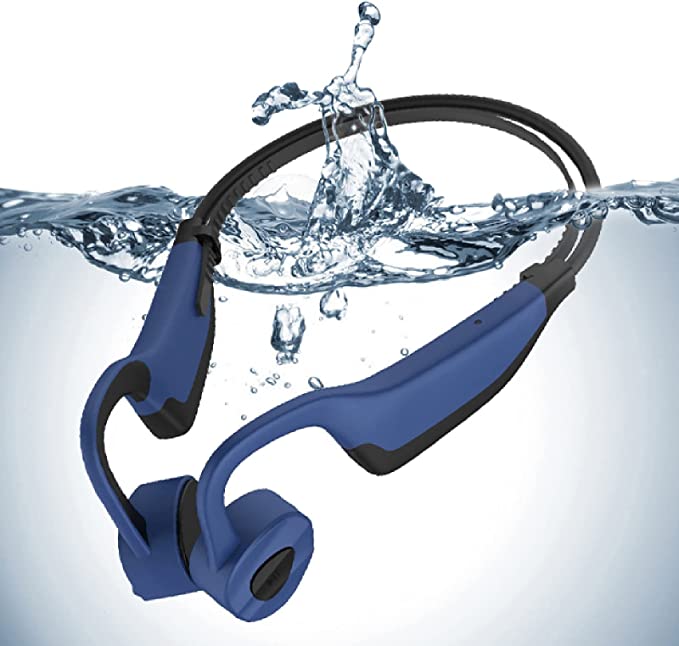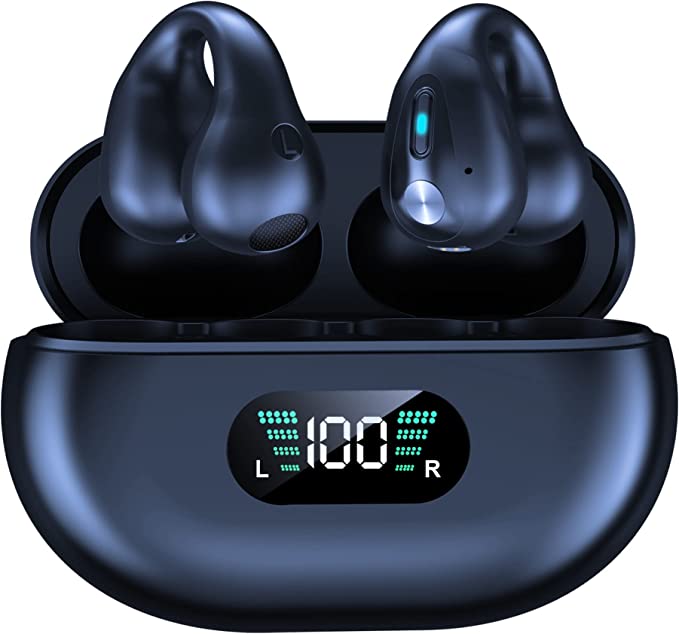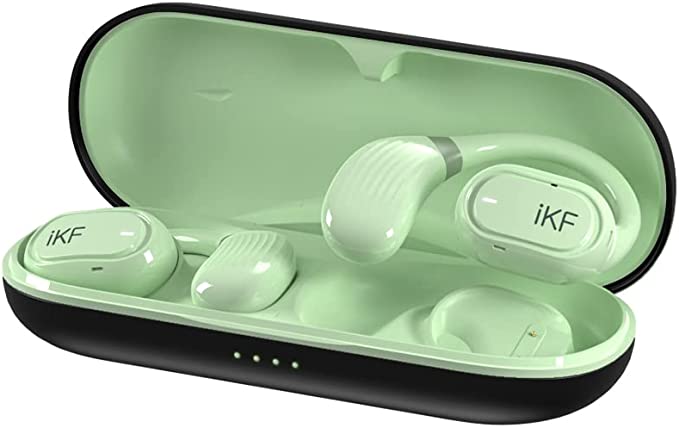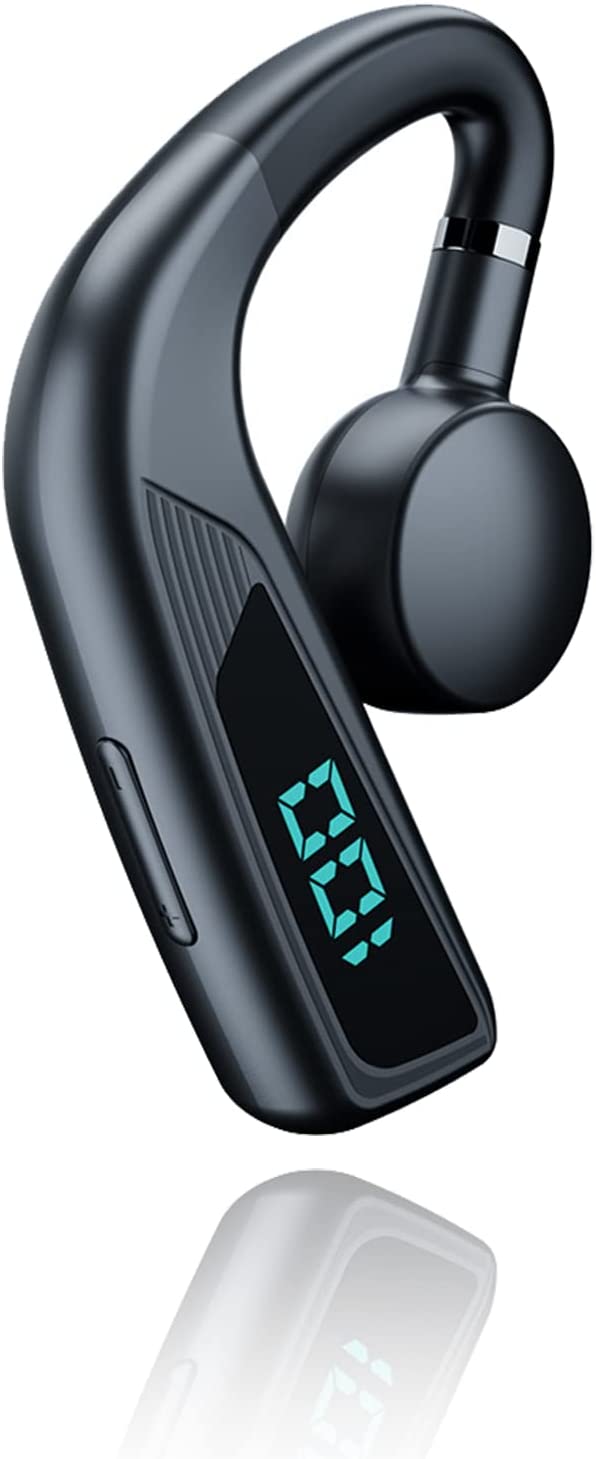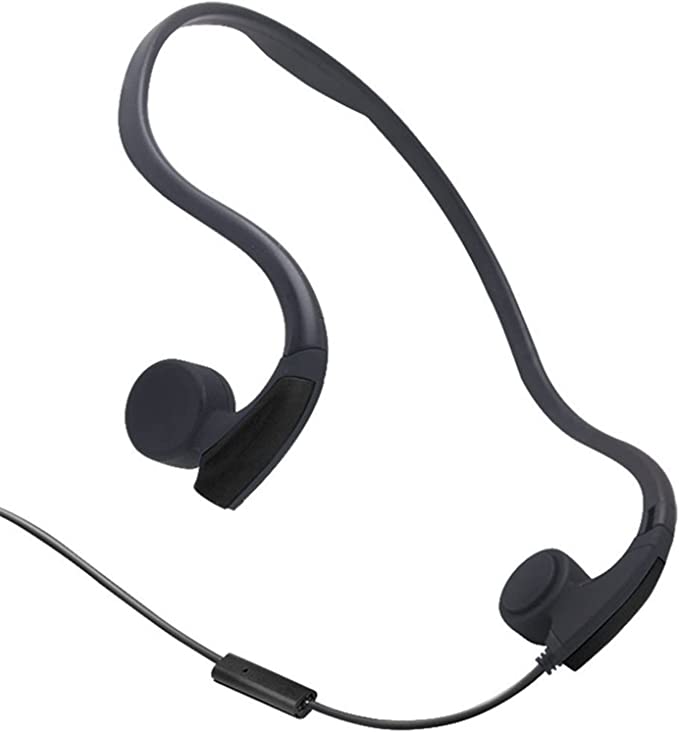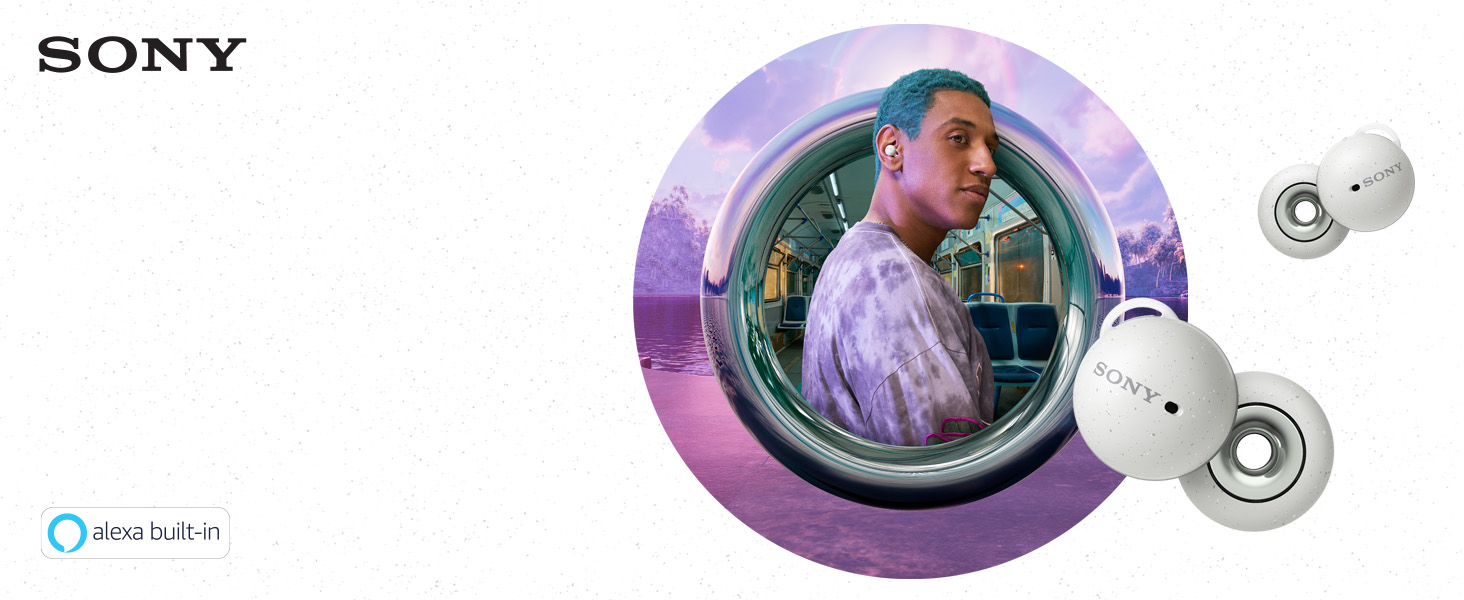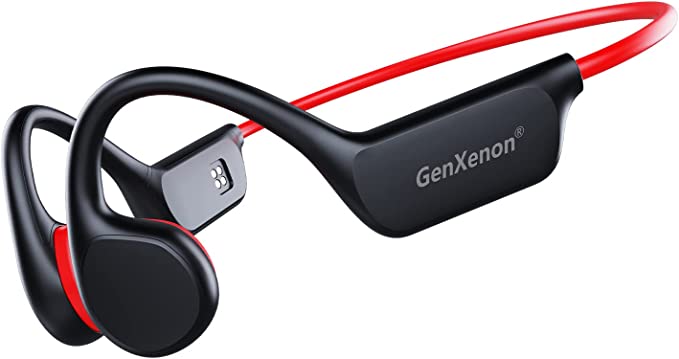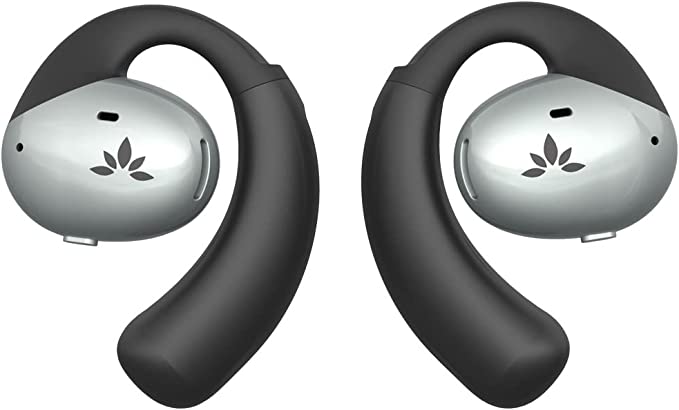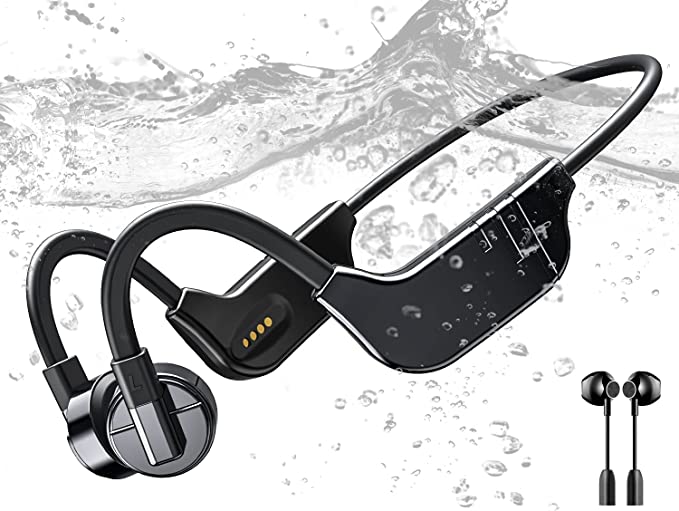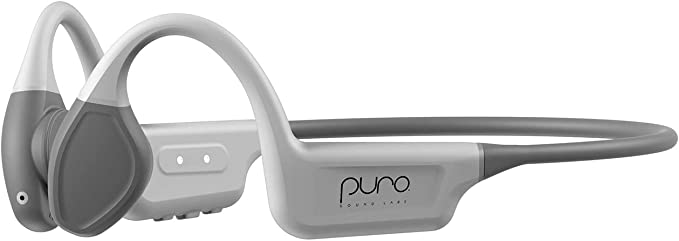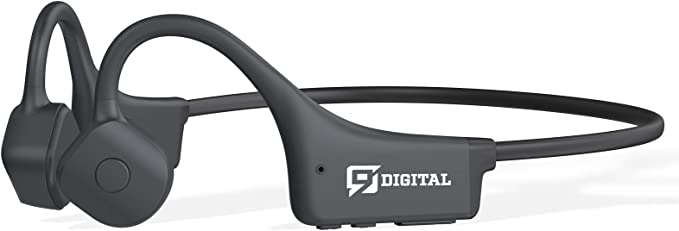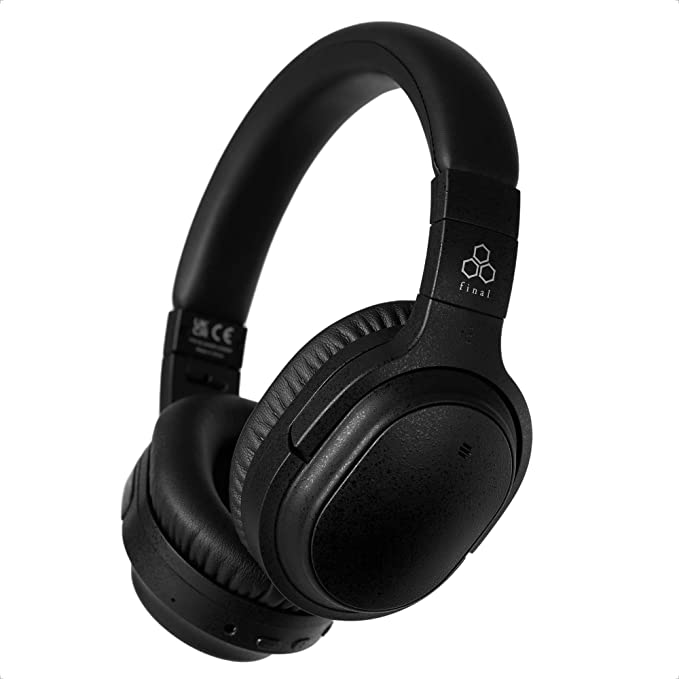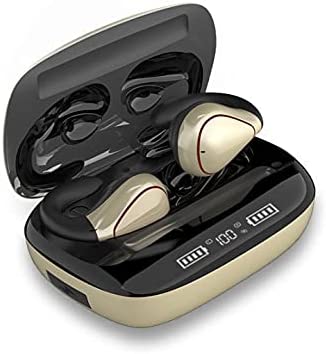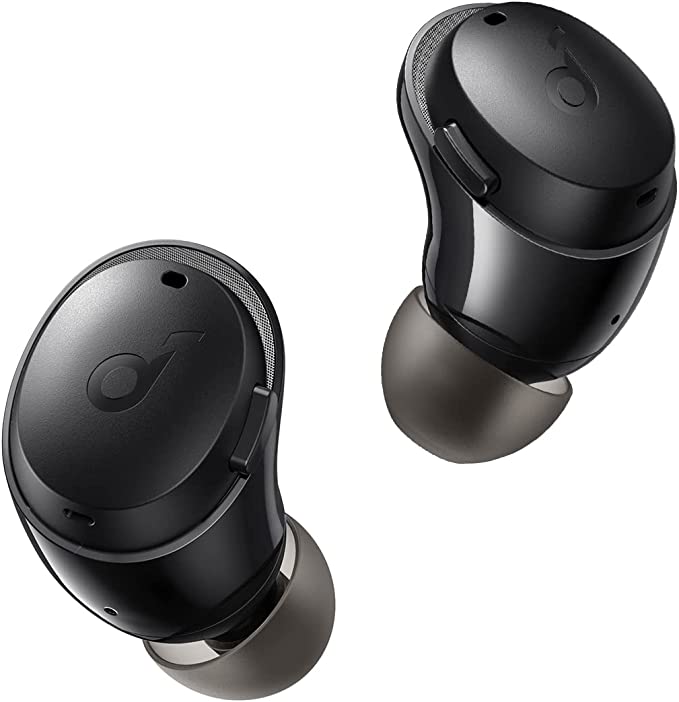Mosonnytee JP2S Bone Conduction Headphones: Crisp Sound Through Your Bones
Update on June 24, 2025, 2:49 p.m.
In a world saturated with traditional earbuds that plug our ears and over-ear headphones that cocoon us from our surroundings, the quest for alternative ways to experience audio is ever-present. Imagine listening to your favorite tunes or an engaging podcast while still being fully aware of the bustling street, the approaching cyclist, or a colleague’s query. This is part of the allure of technologies like bone conduction and open-ear designs. Today, we’ll use the Mosonnytee JP2S Bone Conduction Headphones as a fascinating, if complex, case study. According to its product page, this device aimed to innovate but was met with a stark market reception: a 1.4 out of 5-star rating from its few listed reviewers and a current status of “unavailable.” Our journey isn’t to praise or bury these headphones, but to dissect the science they claimed to employ, understand the user experience hinted at by the provided data, and ultimately, learn how to critically navigate the often-turbulent waters of new technology.

Whispers Through Your Bones: The Magic and Mechanics of Bone Conduction
The idea of hearing without sound directly entering your ear canal might seem like science fiction, but its roots are surprisingly historic. Legend has it that Ludwig van Beethoven, as his hearing declined, discovered he could perceive the vibrations of his piano by biting onto a wooden rod pressed against the instrument. This, in essence, was an early encounter with bone conduction.
So, how does it actually work? Conventional headphones use air conduction: sound waves travel through the air in your ear canal, vibrate your eardrum, and these vibrations are then passed through the tiny bones of your middle ear (the ossicles) to the cochlea, your inner ear’s sound-processing organ. Bone conduction offers a “secret pathway.” Instead of air, it uses vibrations transmitted through the bones of your skull – typically the cheekbones (zygomatic bones) or temporal bones – directly to the cochlea. Your eardrum and middle ear are largely bypassed.
The Mosonnytee JP2S product information boldly claims “Turly bone conduction” (likely a typo for “Truly”). It speaks of an “innovative combination of the bluetooth earpiece and bone conduction technology,” a “sixth-generation dynamic bone conduction vibrator,” and an “advanced directional transmission drive system.” While “sixth-generation” is a marketing term lacking specific scientific definition, a “dynamic vibrator” refers to the transducer creating those crucial physical vibrations. “Directional transmission” suggests an engineering attempt to focus these vibrations towards the inner ear, potentially for clearer audio and to minimize sound leakage – a common challenge for bone conduction headphones where sound can radiate outwards, audible to those nearby.
The promise of this technology, as highlighted by Mosonnytee, includes keeping your ear canal “clean and fresh” and allowing you to “keep pace with the external conditions.” There’s also a claim that this method transmits “clear sound without damaging the hearing.” While avoiding direct pressure on the eardrum is a characteristic, it’s crucial to remember that any sound, regardless of transmission method, can damage hearing if played at excessive volumes for prolonged periods. The cochlea is still the organ doing the work.
Mosonnytee also stated its headphones feature a “closed sound cavity [that] refuses sound leakage.” This is an interesting claim, as bone conduction inherently works by vibrating a larger surface (your skull) compared to the focused air pressure of an in-ear bud, making sound containment more complex. Achieving a truly “closed” system that significantly reduces leakage while relying on bone vibration is a considerable engineering feat.

Open Ears, Open World? The Ergonomics and Reality of Open-Ear Designs
Bone conduction technology naturally lends itself to an “open-ear” form factor. These headphones don’t sit inside or cover your ear canals. The Mosonnytee JP2S is described with an “open ear and ergonomic design” intended to “fit your ears stably and comfortably,” further touting a “180° rotatable earpiece” for an adjustable, personalized fit. The goal of ergonomics in wearable tech is to conform to the human body, distribute weight evenly, and minimize pressure points for comfortable long-term use. The material listed is Acrylonitrile Butadiene Styrene (ABS), a common, durable thermoplastic.
However, the pursuit of universal comfort is a notorious challenge in product design. What one person finds comfortable, another may not. This is starkly illustrated by a verified purchaser’s review on the JP2S product page, which simply states: “Very uncomfortable. I hardly use them.” This single piece of feedback, though limited, underscores that even with stated ergonomic intentions and adjustability, the actual on-head experience can vary dramatically. Factors like head shape, ear sensitivity, the precise pressure exerted by the transducers, and the material feel all play a role.
Despite potential comfort issues for some, the primary advantage of an open-ear design remains: significantly enhanced situational awareness. Being able to hear traffic, conversations, or important announcements while still enjoying your audio is a major safety and convenience benefit, particularly for outdoor activities like running or cycling, or even in an office environment.

The Unseen Connections: Bluetooth 5.0, Water Resistance, and Staying Power
Connecting these headphones to your devices, the Mosonnytee JP2S is said to be “equipped with the latest Bluetooth 5.0 chip.” Bluetooth 5.0, as a general standard, offers several improvements over its predecessors, including potentially faster pairing, more stable connections over greater distances, and improved power efficiency. This could contribute to a smoother user experience. The product also mentions support for “single ear or dual ear mode,” offering flexibility for users who might only want audio in one ear while keeping the other completely unobstructed. Operationally, the description points to “three physical buttons, giving you crisp and timely touch feedback” and an “intelligent voice announcement of incoming calls,” features aimed at ease of use, especially when active.
For those who intend to use headphones during workouts or in less-than-ideal weather, water resistance is a key feature. The JP2S claims an “IPX5 life class waterproof” rating. The IP (Ingress Protection) rating system is an international standard. The ‘X’ in IPX5 means its resistance to solid particle ingress (like dust) wasn’t tested or isn’t specified for this rating. The ‘5’ indicates protection against low-pressure water jets from any direction. This generally means it should withstand sweat and rain, making it suitable for the “sports-and-exercise” scenarios Mosonnytee describes.
Powering this experience is a built-in 90 mAh battery. The product description provides slightly conflicting information on usage time, with the main “About this item” section claiming “7 hours of usage time” and the title mentioning “6-Hours.” It also states a 1.5-hour charge time and 150 hours of standby time. While these numbers provide a benchmark, actual battery life in any wireless device can vary based on volume levels, type of audio content, and connection stability. The package is noted to include a Cable, presumably for charging.

Can You Hear Me Clearly? The Microphone Claim
In an era of constant communication, microphone quality is paramount. The Mosonnytee JP2S description states it has “hidden microphones provides you with clear and smooth call,” and a “built-in call chip reduces the impact of echo.” Clear calls are a fundamental expectation. While the mechanism isn’t detailed, bone conduction technology itself can sometimes be leveraged for microphone input by picking up voice vibrations directly from the user’s skull, which can, in some implementations, help reduce ambient noise. However, the effectiveness of any microphone system relies heavily on its design, a.i. noise reduction algorithms, and the quality of the components.
When Claims Meet Reality: Navigating the Gap
Mosonnytee made some ambitious declarations for the JP2S, including “Unprecedented sound quality” and an “exciting listening experience at any volume.” Such superlatives are common in product marketing. However, these claims stand in sharp contrast to the product’s 1.4-star rating (from only 3 global ratings, it must be said, which is a very small sample size) and its “Currently unavailable” status on the store page.
This disparity between lofty technological promises and apparent user satisfaction isn’t unique to the Mosonnytee JP2S; it’s a recurring theme in the fast-paced world of consumer electronics. The journey from an innovative concept on a lab bench to a polished, reliable, and well-loved product in a user’s hands is incredibly complex. It involves intricate design choices, precise manufacturing, rigorous quality control, and, crucially, managing user expectations. Sometimes, a technology that sounds revolutionary on paper may face unforeseen practical challenges in its real-world implementation, be it in audio fidelity, comfort, durability, or overall usability.
For consumers, this highlights the importance of looking beyond marketing jargon. Seeking out a wide range of independent reviews (when available), understanding the underlying technology’s inherent limitations, and considering a product’s return policy become vital tools in making informed decisions.

Conclusion: Listening Smarter in an Evolving Audio Landscape
Bone conduction and open-ear audio designs represent genuinely intriguing avenues in sound technology. They offer the potential for a unique listening experience, particularly for those who prioritize situational awareness or have sensitivities to traditional in-ear or over-ear headphones. The story of the Mosonnytee JP2S, as pieced together from its product information, serves as a compelling, albeit cautionary, tale. It underscores that technological innovation is an iterative process, and not every product that reaches the market will immediately, or ever, perfectly fulfill its initial promise.
As we navigate an ever-evolving audio landscape, the key is to arm ourselves with knowledge. By understanding the science behind the features touted, by cultivating a critical eye towards grand claims, and by valuing real-world user experiences (when accessible and statistically significant), we can become more discerning listeners and smarter consumers. The exploration of sound and how we interact with it is far from over, and the future will undoubtedly bring even more diverse and perhaps even more surprising ways to listen. Let’s approach it with both open minds and well-informed ears.

